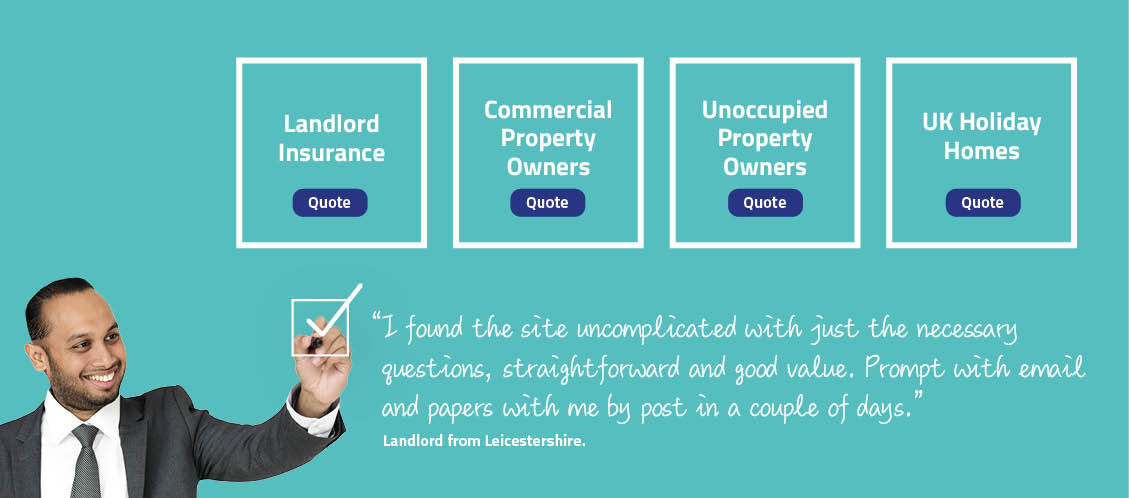Autumn is just around the corner, and with it comes shorter days and longer nights.
When the clocks go back at the end of October, we can expect the usual spike in burglaries that customarily accompany the darker evenings. This swells the already high number of break-ins and attempted break-ins that occur in the UK – the latest figures (2021/2022) reveal that in England and Wales alone, there were 266,283 burglaries.
It doesn’t take any intruder at all long to break in and make off with your valuables. The time taken by most burglars is no more than an average of just 10 minutes.
What you can do
Firstly, take another look at our detailed Guide to Protecting your Property. It is packed with helpful advice for all property owners and landlords in particular. The more secure your let property, the happier your buy to let insurance providers are likely to be – and, conversely, you or your tenants’ failure to take reasonable precautions might be interpreted by your insurer as contributory negligence if you ever need to make a claim.
Here we share some guidelines, with particular interest to landlords in improving the security of their let properties.
Some of that advice might appear only a matter of common sense – but no less worthwhile in reminding your tenants. Remember to lock the front door whenever they go out, for example, since an estimated 5% of all burglaries are committed through an unlocked front door.
In addition to reminders to your tenants, though, there are several straightforward, simple and relatively inexpensive measures you might take to improve the overall level of security:
- ensure all doors – external and internal – are undamaged and fit properly and snugly into their frames;
- ensure that all entry points to your rental property, including doors and windows, have robust and high-quality locks. Consider installing deadbolts or mortice locks that meet British Standards. Additionally, explore modern entry systems such as smart locks or keyless entry for added convenience and security;
- conduct regular property inspections. Performing regular inspections allows you to identify any security vulnerabilities or maintenance issues promptly. Schedule routine inspections to check the condition of doors, windows, fences, and outdoor lighting. Address any concerns or necessary repairs to maintain a secure environment;
- don’t leave ladders or other tools outside where a burglar can use them to gain entry to the property but keep them locked securely away;
- enhance outdoor lighting: Adequate outdoor lighting plays a crucial role in deterring criminal activities and ensuring tenant safety. Install motion sensor lights near entry points, pathways, and parking areas to illuminate the surroundings when motion is detected. Consider energy-efficient options to minimise costs;
- secure fences and gates: If your rental property has a garden or outdoor space, ensure that fences and gates are secure. Regularly inspect them for any damage or signs of weakness. Sturdy fencing can act as a deterrent and prevent unauthorised access to the property;
- a prominently visible burglar system may deter some opportunist thieves but needs to form part of your overall security measures – consider installing spyholes on doors, a burglar alarm system, and security lighting or motion-detector lights. Even a so-called “Dummy alarm” may be a deterrent;
- educate your tenants about basic safety practices, such as keeping doors and windows locked, not sharing keys with unauthorised individuals, and reporting any security concerns promptly. Provide clear instructions on emergency procedures and contact information for emergencies or maintenance issues;
- ensure you have appropriate landlord insurance cover that includes protection against theft, vandalism, and property damage. Review your policy regularly to confirm that it adequately reflects the value of your rental property and covers potential risks;
- prioritise tenant screening by conducting thorough background checks and requesting references from previous landlords. This can help reduce the risk of renting to individuals with a history of criminal activities or negligence;
- if you are the landlord of a House in Multiple Occupation (HMO) consider delegating responsibility to one of your tenants for ensuring that the door that gives common entry to the premises always remains locked.
Keeping your UK let property secure is a vital responsibility for landlords. By implementing these essential security measures, you can protect your investment, promote tenant safety, and maintain a positive rental experience. Regular maintenance, strong security systems, and tenant education are key elements in creating a secure environment.
Remember to stay updated on local laws and regulations pertaining to rental property security to ensure compliance and stay ahead of potential risks.







